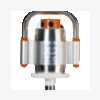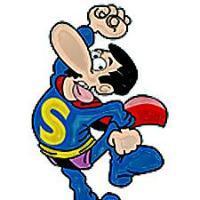-
Welcome to the eG Forums, a service of the eGullet Society for Culinary Arts & Letters. The Society is a 501(c)3 not-for-profit organization dedicated to the advancement of the culinary arts. These advertising-free forums are provided free of charge through donations from Society members. Anyone may read the forums, but to post you must create a free account.
Deba Knives
-
Similar Content
-
- 87 replies
- 8,792 views
-
- 12 replies
- 1,248 views
-
- 173 replies
- 57,531 views
-
- 17 replies
- 9,345 views
-
- 179 replies
- 39,813 views
-
-
Recently Browsing 0 members
- No registered users viewing this page.





Recommended Posts